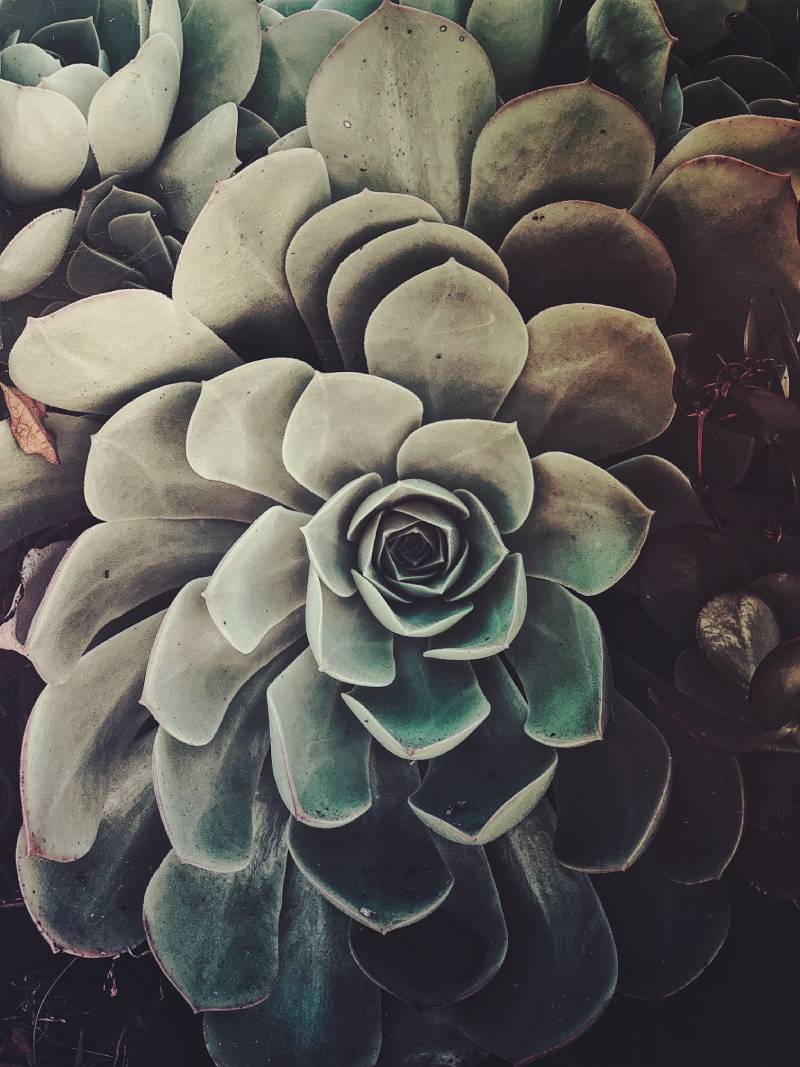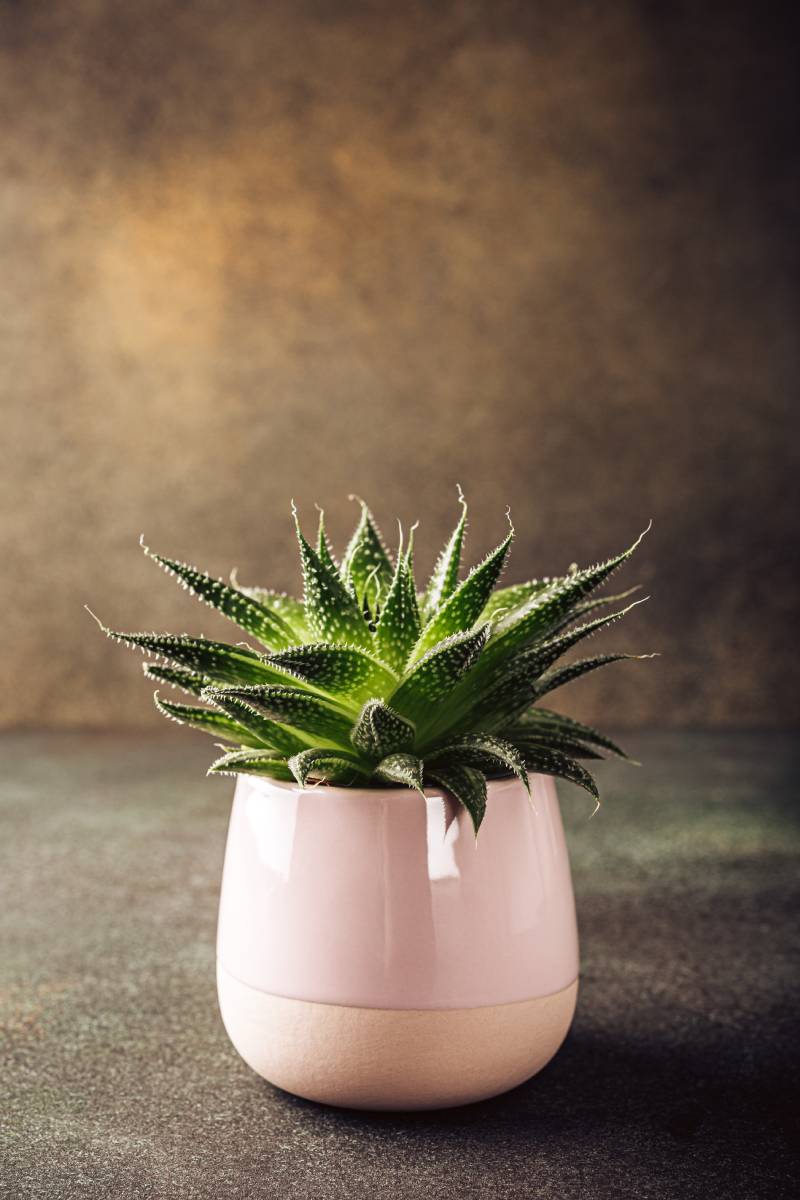
As winter settles in, gardeners often find themselves faced with the challenge of maintaining a vibrant outdoor space. The key lies in understanding the unique needs of plants during the colder months.
In our journey to create a resilient and thriving garden, we explore essential tips for keeping plants warm, identify those needing extra care during winter, and discover a selection of hardy plants that can brave the frost.
Join us as we delve into the world of winter gardening, uncovering strategies to nurture and protect our green companions.
How to keep your plants warm during the winter?
Keeping your plants cosy during the winter months is crucial to ensure they thrive and survive the chilly temperatures. Here are some simple and effective tips to help you keep your green friends warm and happy during the cold season.
- Choose the Right Plants: Begin by selecting cold-hardy plants that are well-suited to your local climate. These plants are naturally more resilient to lower temperatures and will require less effort to keep them warm.
- Mulching: Mulching is like tucking your plants in with a warm blanket. Apply a layer of mulch around the base of your plants to insulate the soil and protect the roots from the cold. This helps in maintaining a stable soil temperature, preventing frost from penetrating and harming the roots.
- Watering Wisely: Watering plays a crucial role in winter plant care. Water your plants early in the day, allowing the soil to absorb moisture before the temperature drops in the evening. Avoid overwatering, as waterlogged soil can lead to root rot. Well-hydrated plants are better equipped to withstand the cold.

- Covering with Blankets or Cloths: When a frosty night is expected, drape your plants with lightweight blankets or cloths. This makeshift cover provides an extra layer of insulation, trapping heat close to the plants. Be sure to remove the coverings during the day to allow sunlight and air circulation.
- Using Frost Cloth or Row Covers: Invest in frost cloth or row covers designed specifically for protecting plants from cold weather. These materials allow sunlight and moisture to reach your plants while shielding them from frost and harsh winds. They are easy to install and provide effective protection during winter.
- Grouping Plants: Arrange your potted plants closely together to create a microclimate. The heat generated by neighbouring plants can offer additional protection against the cold. Just make sure they have enough space for air circulation to prevent diseases.
- Move Potted Plants Indoors: If you have potted plants, consider bringing them indoors or in the garden shed during extremely cold nights. Indoor environments provide a warmer and more stable temperature, shielding your plants from the harshest winter conditions.
- Provide Windbreaks: Cold winds can exacerbate the chill factor for your plants. Install temporary windbreaks, such as burlap or wooden barriers, to shield them from harsh winds. This helps in reducing heat loss and protecting your plants from winter’s biting breezes.
- Use Heat Lamps or Christmas Lights: For sensitive plants or those in containers, adding a gentle heat source can make a significant difference. Place heat lamps or string some Christmas lights around your plants to provide a mild heat boost. Be cautious with the distance to prevent overheating or damage.
- Monitor Weather Conditions: Stay informed about upcoming weather conditions. Keep an eye on frost warnings and plan accordingly.
Which plants are to be extra careful when winter comes?
As winter approaches, it’s essential to identify and pay extra attention to certain plants that may be more vulnerable to the cold temperatures. Being mindful of these plants allows you to take specific precautions to ensure their survival during the chilly winter months.
Here’s a guide to help you identify and care for plants that need extra care when winter comes.
- Tender Perennials: Plants like geraniums, impatiens, and begonias fall into the category of tender perennials. These plants are sensitive to frost and can be severely damaged or killed by freezing temperatures. Consider bringing potted tender perennials indoors during the winter or providing them with extra insulation through coverings.
-

Echeveria
Citrus Trees: Citrus trees, including lemon, orange, and lime varieties, are susceptible to cold temperatures. If you live in an area with frost or freezing conditions, it’s crucial to protect your citrus trees. Consider covering them with frost cloth or moving potted citrus trees to a sheltered location during the winter.
- Tropical Plants: Plants with tropical origins, such as hibiscus, bougainvillaea, and orchids, are not naturally equipped to handle cold weather. These plants thrive in warm and humid conditions. During winter, provide them with a warm microclimate by grouping them together, using protective coverings, or moving them indoors if possible.
- Succulents: While many succulents are known for their hardiness, some varieties are more sensitive to freezing temperatures. Tender succulents, like certain types of echeveria and aeonium, may suffer damage in cold weather. Protect them by moving pots indoors or placing them in a sheltered location.
- Ferns: Most ferns prefer a mild climate, and exposure to freezing temperatures can harm their delicate fronds. If you have outdoor ferns, consider covering them with blankets or burlap to shield them from the cold. Additionally, moving potted ferns indoors during winter can help maintain a more suitable temperature.
- Rosemary: Although rosemary is a hardy herb, extremely cold temperatures can pose a threat, especially for young or recently planted rosemary bushes. Ensure proper winter care by mulching around the base of the plant and providing a protective cover during severe cold snaps.
- Fruit Trees in Bloom: Fruit trees, such as peach or cherry trees, that bloom early in the spring can be at risk during late winter frosts. The blossoms are vulnerable to frost damage, potentially impacting the fruit yield for the season. Keep an eye on weather forecasts and take precautions, such as covering the trees during frost warnings.
- Newly Planted Trees and Shrubs: Trees and shrubs that have been recently planted are more susceptible to winter stress. Their root systems may not be well-established, making them more vulnerable to cold temperatures. Provide extra insulation by mulching around the base and wrapping the trunks with protective materials.
- Herbs in Pots: Potted herbs, like basil, parsley, and cilantro, are more exposed to the cold compared to those planted in the ground. Move herb pots to a sheltered location or indoors to protect them from freezing temperatures.
- Plants in Containers: Any plant in a container is generally more susceptible to cold temperatures because the roots are less insulated than those planted directly in the ground. Consider moving potted plants to a more protected area or wrapping the containers with insulating materials.
When it comes to winter weather, some plants are champions at braving the cold and can endure frosty conditions with resilience. If you’re looking to maintain a vibrant garden even during the winter months, consider incorporating these hardy plants that can survive and even thrive in colder weather.
Here’s a guide to help you choose the right plants for a winter-resistant garden.
- Evergreen Trees and Shrubs: Evergreen plants, like pine, spruce, and holly, are true winter warriors. Their needle-like leaves or glossy foliage not only provide year-round greenery but also help them conserve moisture and withstand chilly temperatures. These plants add structure and color to your garden even in the midst of winter.
- Winterberry (Ilex verticillata): Winterberry is a deciduous holly that dazzles in the winter landscape. Known for its vibrant red berries, this plant adds a pop of colour to your garden when many others are dormant. It’s a tough shrub that can endure cold temperatures and is excellent for attracting birds to your garden.
- Heather (Calluna vulgaris): Heather is a low-maintenance, cold-resistant plant that blooms in late winter and early spring. With its tiny, bell-shaped flowers and evergreen foliage, heather adds a touch of charm to winter gardens. It thrives in well-drained acidic soil and can withstand colder temperatures.

- Winter Jasmine (Jasminum nudiflorum): Winter jasmine is a tough and adaptable plant that brightens up the winter landscape with its yellow, star-shaped flowers. It blooms in late winter to early spring and can tolerate cold temperatures. This deciduous shrub is a great choice for adding a splash of colour to your garden during the colder months.
- Witch Hazel (Hamamelis): Witch hazel is a deciduous shrub or small tree that blooms in late winter or early spring, producing distinctive, spidery flowers with a pleasant fragrance. It’s known for its cold tolerance and can thrive in various soil types. Witch hazel adds unique visual interest to winter gardens.
- Pansies (Viola tricolor var. hortensis): Pansies are resilient annuals that can withstand cold temperatures and even a light dusting of snow. With their cheerful faces and a variety of colours, pansies bring vibrancy to winter gardens. Plant them in well-drained soil for the best results.
- Snowdrops (Galanthus): Snowdrops are early bloomers, often pushing through the snow to display their delicate white flowers. These bulbous perennials are cold-tolerant and signal the arrival of spring. Plant them in shaded areas for a lovely winter surprise.
- Sedum (Stonecrop): Many varieties of sedum, also known as stonecrop, are well-suited for winter conditions. Their succulent leaves help them conserve water, and some varieties feature winter interest with dried flower heads that persist through the colder months.
- Kale (Brassica oleracea acephala): While commonly known as a vegetable, kale also adds ornamental value to winter gardens. Its hardy nature allows it to withstand frost, and its colourful leaves bring texture and visual appeal to the landscape.
- Juniper (Juniperus): Junipers are evergreen conifers that come in various shapes and sizes. They are well-adapted to winter weather and can thrive in different soil types. Junipers provide year-round interest with their needle-like foliage.
When planning your winter garden, consider incorporating a mix of these cold-resistant plants to create a landscape that remains lively and visually appealing even when the mercury drops. With the right choices, you can enjoy a garden that defies the winter chill and welcomes the beauty of the season.
Conclusion
In the dance between nature and the changing seasons, our commitment to a flourishing garden persists. Armed with insights on how to keep plants warm, knowledge about the plants requiring extra attention, and a curated list of winter warriors, we can approach winter gardening with confidence. Remember, as the temperatures drop, our beautiful backyard has the potential to bloom with resilience and beauty.
So, let’s nurture our gardens, celebrate the wonders of nature, and watch as our green companions weather the winter with grace and charm, transforming our beautiful backyard into a haven of life and tranquillity.

